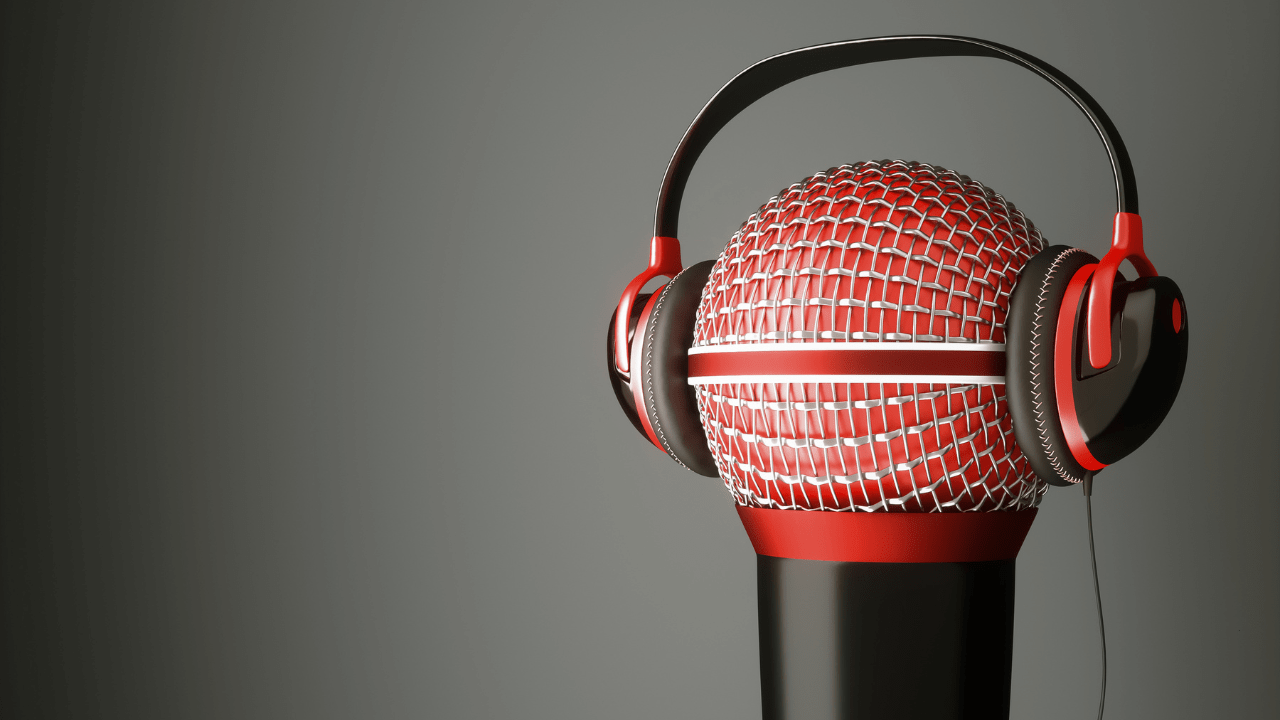Microphones are essential tools for musicians, podcasters, filmmakers, and content creators. With so many types of microphones available, choosing the right one can feel overwhelming. Each type of mic has unique characteristics that make it suitable for specific uses. In this guide, we’ll explore the different types of microphones, their features, and how to choose the best one for your needs. Whether you’re recording music, conducting interviews, or live streaming, this article will help you make an informed decision.
Table of Contents
- Introduction to Microphones
- Key Microphone Terminology
- Types of Microphones by Transducer Technology
- Dynamic Microphones
- Condenser Microphones
- Ribbon Microphones
- Types of Microphones by Polar Pattern
- Omnidirectional Microphones
- Cardioid Microphones
- Supercardioid & Hypercardioid Microphones
- Bidirectional Microphones
- Specialty Microphones
- Lavalier Microphones
- Shotgun Microphones
- USB Microphones
- Choosing the Right Microphone for Your Needs
- Care and Maintenance Tips for Microphones
- Conclusion
Introduction to Microphones
Microphones have revolutionized the way we record and share sound. Whether you’re a musician recording a track, a podcaster engaging with your audience, or a filmmaker capturing dialogue, the right microphone can make a world of difference.
Microphones convert sound waves into electrical signals. Depending on the design and technology, these signals vary in quality, sensitivity, and usability. In this blog, we’ll explore various types of microphones, their use cases, and the factors to consider when selecting one.
Key Microphone Terminology
Before diving into the different types of microphones, it’s essential to understand some basic terms:
- Transducer Technology: Refers to how the microphone converts sound into an electrical signal.
- Polar Pattern: The directionality of a microphone—how it captures sound from specific angles.
- Frequency Response: The range of sound frequencies a microphone can capture accurately.
- Sensitivity: Determines how much sound a microphone can pick up.
- Impedance: A measure of electrical resistance that affects compatibility with audio equipment.
Types of Microphones by Transducer Technology
Dynamic Microphones
Dynamic microphones are robust, durable, and versatile. They are ideal for live performances and situations where microphones may be subject to rough handling. Dynamic mics excel at capturing loud sounds without distortion, making them perfect for drums, electric guitar amps, and live vocals.
Advantages:
- Durable and long-lasting
- Handles high sound pressure levels (SPL)
- Affordable
Popular Examples: Shure SM58, Sennheiser e835
Condenser Microphones
Condenser microphones are sensitive and precise, making them ideal for studio recordings. They capture a broader frequency range and are perfect for vocals, acoustic instruments, and studio applications.
Advantages:
- High sensitivity and accuracy
- Captures detailed sound nuances
- Suitable for studio use
Popular Examples: Neumann U87, Audio-Technica AT2020
Ribbon Microphones
Ribbon microphones are known for their warm, vintage sound. These mics use a thin ribbon of metal to capture sound, making them great for vocalists and certain instruments like saxophones and violins.
Advantages:
- Warm, natural sound
- Excellent for studio use
- Smooth high-frequency response
Popular Examples: Royer R-121, AEA R84
Types of Microphones by Polar Pattern
Omnidirectional Microphones
Omnidirectional microphones capture sound equally from all directions. They are commonly used in interviews and situations where environmental sound is essential.
Advantages:
- Captures ambient sound
- Ideal for group settings
Use Cases: Conference calls, field recordings
Cardioid Microphones
Cardioid microphones capture sound primarily from the front, making them excellent for isolating a specific sound source. They are widely used in live performances and recording vocals.
Advantages:
- Reduces background noise
- Focused sound capture
Popular Examples: Shure SM7B, Rode NT1
Supercardioid & Hypercardioid Microphones
These polar patterns are more directional than standard cardioid mics, capturing sound from the front while rejecting side noise. They are great for isolating sound in noisy environments.
Advantages:
- Superior noise rejection
- Ideal for live events
Bidirectional Microphones
Bidirectional microphones capture sound from the front and back while rejecting sound from the sides. They are often used in interviews and duet recordings.
Advantages:
- Excellent for two-person recordings
- Captures nuanced sound
Specialty Microphones
Lavalier Microphones
Lavalier microphones are small, clip-on mics commonly used in interviews, presentations, and live performances. They are discreet and capture speech effectively.
Shotgun Microphones
Shotgun microphones have highly directional pickup patterns, making them ideal for film and video production. They are used to capture sound from a distance while rejecting side noise.
USB Microphones
USB microphones are plug-and-play devices, perfect for podcasters, streamers, and home studio setups. They combine convenience with decent audio quality.
Choosing the Right Microphone for Your Needs
When choosing a microphone, consider the following factors:
- Purpose: Are you recording vocals, instruments, or ambient sound?
- Environment: Is the recording space treated for acoustics?
- Budget: What is your price range?
- Compatibility: Does the microphone work with your audio equipment?
Care and Maintenance Tips for Microphones
- Keep them clean: Regularly clean microphone grills and foam covers.
- Store properly: Store microphones in cases to protect them from dust and moisture.
- Avoid dropping: Handle microphones with care to prevent damage.
- Use pop filters: For condenser mics, use pop filters to reduce plosive sounds.
Conclusion
Microphones are an essential part of any recording setup. Understanding the different types of microphones and their unique features can help you make an informed decision. Whether you’re a musician, podcaster, or content creator, choosing the right microphone will elevate your sound quality and enhance your audience’s experience.
From robust dynamic microphones to precise condenser mics, there’s a type of microphone for every need. Take the time to evaluate your specific requirements and invest in a microphone that meets your expectations. With proper care, your microphone will deliver excellent sound for years to come.
Related Articles:
For further reading, explore these related articles:
- Best Microphone for Vocals – Top Picks for Studio and Live Performances
- Best Microphone for Singing at Home: Easy Guide for Beginners
- Best Mic for Recording Vocals: Top Picks & Simple Buying Guide
For additional resources on music marketing and distribution, visit Deliver My Tune.






